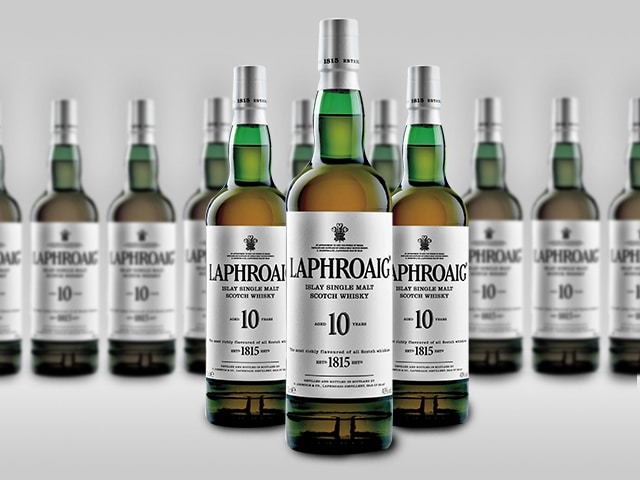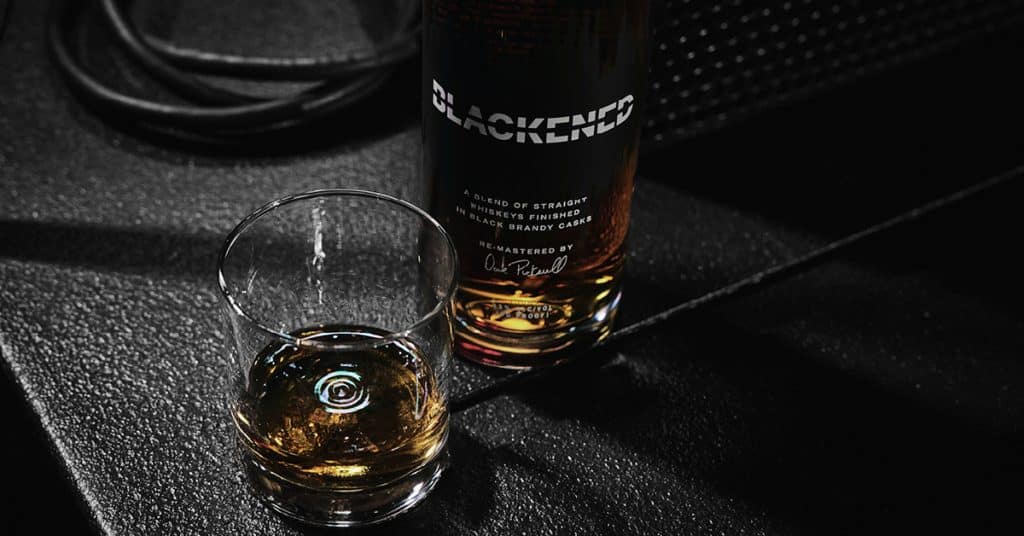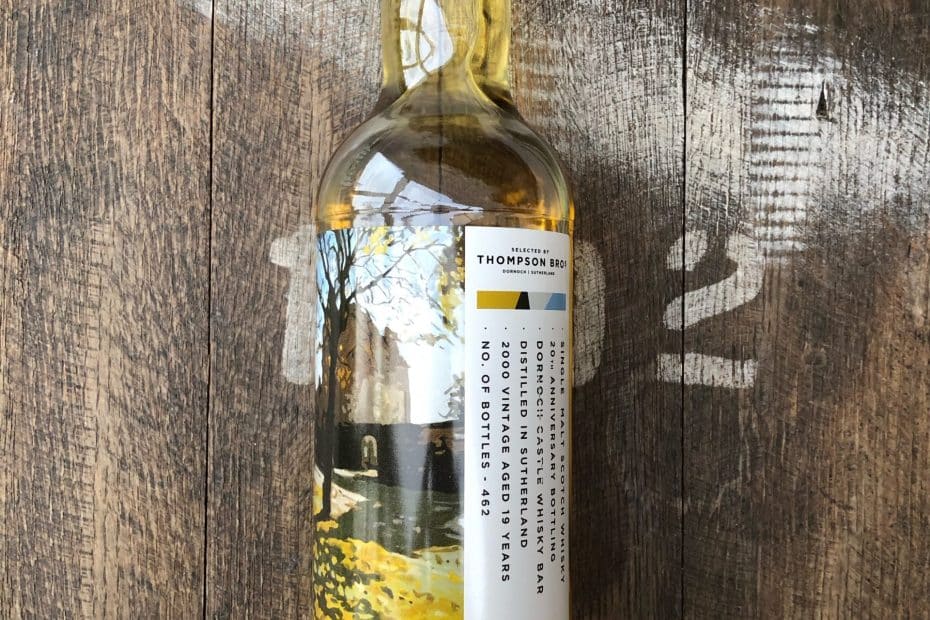Ah, the alluring aroma of whiskey. It fills the air with its rich and complex notes, beckoning us to take a sip and indulge. But have you ever wondered why whiskey, unlike other spirits, doesn’t have a foul smell? In this article, we take a closer look at the science behind whiskey’s pleasant aroma and uncover the fascinating secrets behind its enticing scent. So, grab a glass and join us on a sensory journey as we explore what makes whiskey uniquely captivating to our noses.
Whiskey Ingredients
Grains
Grains play a crucial role in the production of whiskey, as they are responsible for providing the necessary sugars that yeast will later convert into alcohol. Different types of grains can be used, including barley, corn, rye, and wheat. The choice of grains greatly impacts the flavor profile of the whiskey, with each type adding its unique characteristics. For example, barley tends to provide a rich and malty flavor, while corn brings in a sweeter and softer taste. The combination of grains used is carefully selected to achieve the desired flavor and character of the final product.
Water
Water is another fundamental ingredient in the production of whiskey. It serves multiple purposes throughout the process, including mashing, fermentation, and dilution of the final product. The quality and properties of the water used can significantly impact the taste and aroma of the whiskey. Distilleries often source their water from natural sources such as springs or wells, ensuring it is pure and free from any impurities that may affect the quality of the whiskey.
Yeast
Yeast is the magical ingredient that brings the grains to life by converting their sugars into alcohol during the fermentation process. Distilleries carefully select and cultivate specific strains of yeast, each contributing unique flavors and aromas to the whiskey. The yeast used in whiskey production can range from traditional strains to proprietary blends, allowing distillers to create distinct flavor profiles. The choice of yeast can greatly influence the final product, adding complexity and character to the whiskey.
Whiskey Production Process
Mashing
The first step in the whiskey production process is mashing. This involves grinding the grains and mixing them with hot water to extract their sugars. The combination of grains and water is typically referred to as a mash bill. The mixture is then heated, allowing enzymes to break down the starches in the grains into fermentable sugars. The liquid portion of the mash, known as the wort, is separated from the solids and transferred to the next stage of production.
Fermentation
Once the wort is extracted, it undergoes fermentation. Yeast is added to the wort, which feeds on the sugars and converts them into alcohol. This process typically takes several days and produces a low-alcohol liquid known as “wash.” During fermentation, various compounds are produced that contribute to the unique flavors and aromas of the whiskey. The length and conditions of fermentation play a crucial role in developing the desired characteristics of the final product.
Distillation
Distillation is a crucial step in the whiskey production process. During distillation, the wash is heated in a still to separate the alcohol from other unwanted compounds and impurities. This is done by taking advantage of the different boiling points of various substances present in the wash. The distilled liquid is collected and undergoes multiple distillations to achieve the desired purity and concentration of alcohol. The process of distillation can greatly impact the flavor profile of the whiskey, as it allows for the removal of undesirable flavors and the concentration of desired ones.
Aging
After distillation, the whiskey is transferred to oak barrels for aging. Aging is a crucial step in whiskey production, as it allows the spirit to develop complex flavors and aromas over time. The whiskey interacts with the wood of the barrels, absorbing compounds such as vanillin, tannins, and lignins, which contribute to its unique characteristics. The length of aging can vary greatly depending on the desired style of whiskey, ranging from a few years to several decades. As the whiskey matures, it undergoes a transformative process, resulting in a more refined and sophisticated spirit.
This image is property of assets1.cbsnewsstatic.com.
The Influence of Barrels
Charred Oak Barrels
The choice of barrels in which whiskey is aged has a significant impact on its flavor and aroma profile. One commonly used type of barrel is the charred oak barrel. These barrels are made from oak wood that has been lightly charred on the inside. The charring process releases various compounds from the wood, such as sugars, vanillin, and caramelized flavors, which infuse the whiskey with rich and complex aromas. The charred oak barrel also imparts a desirable deep amber color to the whiskey, enhancing its visual appeal.
Second-Use Barrels
While the use of new charred oak barrels is common in whiskey aging, distilleries sometimes opt for second-use barrels. These barrels have previously been used to age other spirits, such as bourbon or sherry. Second-use barrels can introduce additional complexities and flavors to the whiskey, as they may still retain some of the characteristics of the previously aged spirit. This can result in unique and unexpected flavor profiles, making each batch of whiskey a truly distinct experience.
European vs American Oak
Another factor influencing the flavor profile of whiskey is the type of oak used in barrel construction. European oak and American oak are the two most common varieties used in the whiskey industry. European oak, often sourced from countries such as France or Spain, tends to add more subtle and delicate flavors to the whiskey. It imparts notes of dried fruit, spices, and a gentle oakiness. On the other hand, American oak, predominantly sourced from the United States, provides stronger and bolder flavors, including vanilla, coconut, and a robust oak character. The choice between European and American oak ultimately depends on the desired flavor profile of the whiskey.
Peated vs Non-Peated Whiskey
Peat Smoke
Peat smoke is a distinguishing characteristic of certain types of whiskies, particularly those from Scotland. Peat, decomposed plant matter found in peat bogs, is used as fuel during the malting process of barley. The exposure of the barley to the peat smoke imparts an intense smoky flavor and aroma to the whiskey. This peat smoke is often described as earthy, medicinal, or even reminiscent of bonfires. Peated whiskies have a strong and distinctive flavor profile, which can range from subtle hints of smoke to bold and pungent smokiness.
Non-Peated Varieties
Not all whiskies feature peat smoke in their flavor profile. Non-peated whiskies tend to have a cleaner and more delicate character, allowing other flavor components to shine through. These whiskies showcase the natural sweetness, fruitiness, and maltiness of the grains used. Non-peated varieties provide an excellent alternative for those who prefer a lighter and less smoky whiskey experience. The absence of peat smoke allows for a greater emphasis on the other aromas and flavors developed during the whiskey production process.
This image is property of images.firstwefeast.com.
The Role of Age in Whiskey Aroma
Younger vs Older Whiskeys
Age plays a significant role in the aroma profile of whiskey. Younger whiskies, typically aged for a shorter period, tend to exhibit fresher and more vibrant aromas. They often showcase the inherent characteristics of the grains used and can feature notes of cereal, citrus, and light spices. As whiskey ages over time, it undergoes a transformation in both flavor and aroma. Older whiskies develop more complex and layered aromas, with additional nuances of dried fruits, dark chocolate, and spices. The prolonged interaction with the oak barrels imparts a richness and depth to the aroma, creating a truly exceptional sensory experience.
Development of Complex Aromas
During the aging process, whiskey undergoes chemical reactions that contribute to the development of complex aromas. The interaction between the spirit and the wood of the barrels allows for the extraction of various compounds, such as lignins and tannins, which contribute to the overall aroma profile. Over time, esters and other flavor compounds also form, further enhancing the complexity and depth of the whiskey’s aroma. The delicate balance between the flavors derived from the grains and those developed during aging is what makes each whiskey unique and captivating.
Whiskey Bottling Process
Cask Strength vs Diluted
When it comes to bottling whiskey, there are different approaches regarding alcohol content. Cask strength whiskey is bottled without any dilution, meaning it retains the alcohol content it reached during aging. This allows consumers to experience the whiskey in its purest form, showcasing its full intensity and complexity. On the other hand, distilleries often dilute whiskey before bottling to achieve a desired alcohol percentage. Dilution can help bring out certain flavors and aromas that may be masked at higher alcohol strengths. The choice between cask strength and diluted whiskey ultimately depends on personal preference and the desired drinking experience.
Filtration Methods
Filtration is another important step in the whiskey bottling process. It helps remove any unwanted sediments and unwanted compounds while ensuring clarity and consistency in the final product. There are different filtration methods used, including chill filtration and non-chill filtration. Chill filtration involves cooling the whiskey before passing it through a fine filter to remove fatty acids and proteins that may cause cloudiness at lower temperatures. Non-chill filtration, on the other hand, skips the cooling step, preserving more of the whiskey’s natural flavors and aromas. The choice between filtration methods can impact the mouthfeel and overall sensory experience of the whiskey.
This image is property of blackenedwhiskey.com.
Whiskey Tasting Techniques
Nosing
Nosing is an essential part of whiskey tasting, allowing us to explore the complex aromas that the spirit has to offer. To properly nose a whiskey, it is recommended to gently swirl the glass, releasing the volatile compounds and intensifying the aromas. Take a moment to inhale the scents, identifying different notes and trying to connect them with familiar scents. This can vary from person to person, as each individual may perceive aromas differently. Nosing the whiskey gives us a deeper understanding of its complex flavor profile and prepares our senses for the tasting experience.
Aeration
Aeration, or giving the whiskey some time to breathe, is another technique used during whiskey tasting. This involves allowing the whiskey to sit in the glass for a few minutes before taking a sip. This process helps to open up the whiskey, allowing the aromas to evolve and develop further. Aeration can be particularly beneficial for older and more complex whiskies, as it gives them a chance to showcase their full range of flavors and aromas. Patience is key when it comes to aeration, as the whiskey gradually unfolds its secrets, revealing a multitude of delightful scents.
Glassware
Choosing the appropriate glassware for whiskey tasting can greatly enhance the experience. Ideally, a tulip-shaped glass or a Glencairn glass is recommended. These glasses have a wide bowl that tapers towards the top, allowing the aromas to concentrate towards the rim. The shape also helps to capture and focus the delicate scents, ensuring a more immersive and enjoyable nosing experience. Avoid using wide-brimmed glasses or tumblers, as they may disperse the aromas too quickly, minimizing the full olfactory experience.
Personal Taste and Subjectivity
Individual Sensory Perception
Whiskey tasting is a highly personal experience, as each individual has their unique sensory perception. The flavors and aromas that one person may detect in a whiskey can differ from those perceived by another. This subjectivity is part of what makes whiskey appreciation such an intriguing and diverse field. It allows for individual exploration and interpretation, making each whiskey tasting a personal journey. Embrace your own sensory perception and enjoy the delightful surprises that each whiskey brings to your palate.
Association with Positive Scents
When it comes to describing and appreciating the aromas of whiskey, it is helpful to associate them with positive scents that are familiar and evocative. The complexity of whiskey aromas often allows for a broad range of interpretations. For example, the scent of vanilla may remind someone of freshly baked goods, while a floral note might evoke the fragrance of a spring garden. By drawing on our own scent memories, we can better connect with the aromas in the whiskey and appreciate the symphony of flavors it offers. Positive associations with scents can enhance our overall enjoyment of the whiskey.
This image is property of malt-review.com.
Common Desirable Whiskey Aromas
Whiskey is known for its intricate and diverse range of aromas. While each whiskey has its own unique blend of scents, there are some commonly desirable aromas that enthusiasts often seek out.
Vanilla
The aroma of vanilla is a favorite among whiskey lovers. It brings a comforting and sweet note to the nose, reminiscent of vanilla beans or vanilla extract. The presence of vanilla in whiskey is often derived from the interaction of the spirit with the oak barrels during the aging process. The result is a delightful and harmonious aroma that adds depth and richness to the whiskey.
Caramel
Caramel is another desirable aroma found in many whiskies. It is characterized by a luscious and sweet scent, reminiscent of caramelized sugar or toffee. Like vanilla, caramel can be derived from the interaction between the spirit and the oak barrels, where sugars present in the whiskey are caramelized, creating a complex and inviting aroma.
Citrus
Citrus notes can add a refreshing and lively element to a whiskey’s aroma profile. The scent of lemon, orange, or grapefruit can bring a bright and zesty character to the nose. These citrus notes often complement other flavors and provide a vibrant counterbalance to the richness of the whiskey.
Floral
The presence of floral aromas in whiskey can add elegance and complexity to the overall profile. It can range from delicate and subtle scents of flowers like roses or violets to more intense and aromatic floral notes like lavender or jasmine. Floral aromas contribute to a whiskey’s finesse and can evoke a sense of natural beauty and harmony.
Spice
Spice is a category of aromas often present in whiskies. It encompasses a wide range of scents, from warm and comforting spices like cinnamon and nutmeg to more exotic and intense spices such as clove or cardamom. The presence of spicy aromas can create a captivating and invigorating experience, adding layers of complexity and intrigue to the whiskey.
Chocolate
The aroma of chocolate is often associated with indulgence and luxury. In whiskies, it can manifest as notes of dark chocolate, cocoa, or even chocolate-covered fruits. The presence of chocolate aromas brings a richness and depth to the whiskey, creating a velvety and enticing olfactory experience.
Oak
The interaction with oak barrels during the aging process can impart distinct and desirable oak aromas to whiskey. These can range from woody and earthy scents to hints of spice and vanilla. The presence of oak adds depth and complexity to the overall flavor profile, as well as serving as a marker of quality and craftsmanship.
Conclusion
Whiskey is a remarkable spirit that showcases a fascinating combination of ingredients, production processes, and aging techniques. Each step contributes to the development of intricate flavors and aromas that delight the senses. From the careful selection of grains to the choice of barrels and the role of age, whiskey production is a meticulous craft that results in a diverse range of offerings. By understanding the influence of different ingredients, production methods, and individual subjectivity, we can fully appreciate the complexity and artistry behind this beloved spirit. So, the next time you pour a glass of whiskey, take a moment to appreciate the journey it has taken from grains to glass and savor the delightful aromas that accompany it on its way to your palate.
This image is property of qph.cf2.quoracdn.net.




